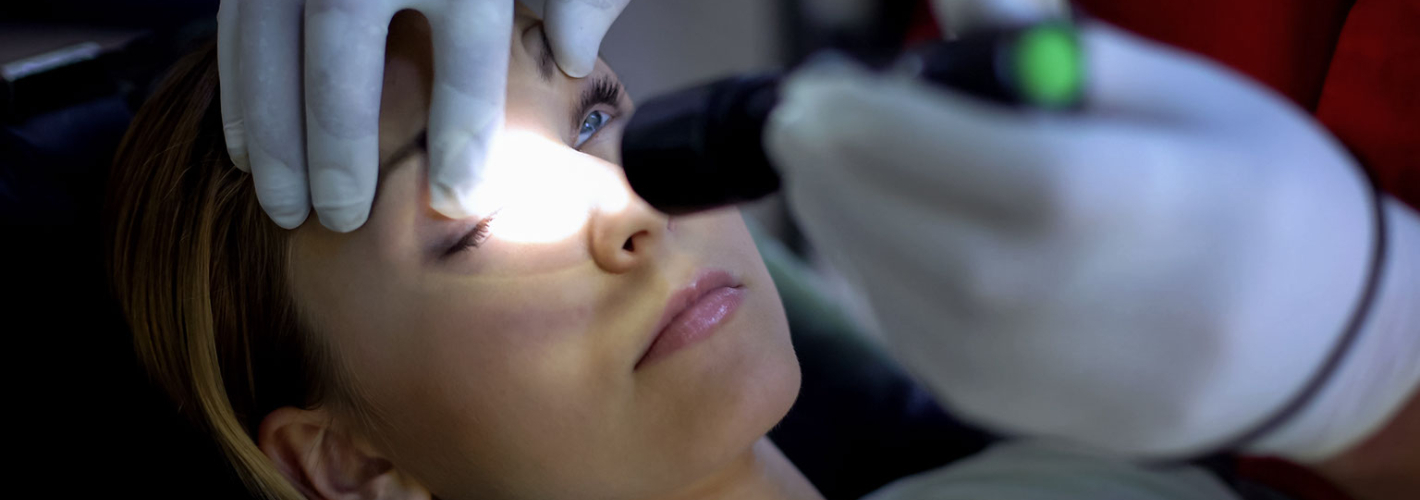
Amniotic Membrane Lenses
Published:
One of the most common symptoms of all ocular surface conditions is inflammation. Uncontrolled inflammation can lead to irritation and pain. It can also cause tissue damage, delayed healing, and vision complications.
One of the best ways to promote healing is by controlling inflammation effectively. Many eye doctors are embracing the use of amniotic membrane lenses. According to many eye care experts, amniotic membranes can control inflammation. They can also help heal the ocular surface for certain patients. This includes patients with blepharitis, conjunctivitis, keratitis, and other eye conditions.
What Are Amniotic Membrane Lenses?
These are medical devices made from amniotic membranes. Eye doctors use them for anti-scarring, anti-inflammation, and healing of damaged eye surfaces. They contain an FDA-approved amniotic membrane that supports corneal healing. Furthermore, they do so without any harmful side effects. Amniotic membrane lenses can help restore your eye to a healthy state.
Amniotic Membrane Tissue
The amniotic membrane tissue is part of the placenta. This is the tissue closest to the fetus throughout the development of the pregnancy. It protects the baby from harm. It also contains natural biological properties that help the fetus develop.
About Amniotic Membrane Lenses
Essentially, amniotic membrane tissue has therapeutic properties that can heal damaged eye surfaces. Eyes treated with amniotic membrane lenses have less inflammation and scarring. Lenses made from the amniotic membrane tissue are clear and thin like the tissue on the eye’s surface. When inserted into your eye, the lens will protect the damaged tissue in your eye and promote healing.
How They Work
It is all in the amniotic membrane tissue. This is the avascular, innermost layer of fetal membranes. It consists of the stroma, basement membrane, and epithelium. Collected and treated with antibiotics, these fetal membranes contain amazing healing properties.
The collagen makeup of the basement membrane resembles that of the conjunctiva and cornea. The stroma, on the other hand, contains cytokines and hyaluronic acid. Essentially, amniotic membranes provide anti-angiogenic, anti-inflammatory, and anti-fibrotic properties.
Once applied to the ocular surface, amniotic membranes act like bandage contact lenses. In effect, they create a healing environment. They also provide physical protection to the ocular wound. This provides an innovative, effective, and exciting treatment option. No other type of contact lens can promote healing in the way these membranes do.
When to Consider These Type of Lenses
Are you wondering whether it is the right time to get amniotic membrane lenses? Usually, they are not a first-line treatment. Your eye doctor may recommend them to stop inflammation, promote healing, and prevent scarring.
They can help you if you suffer from severe dry eye, corneal abrasion, or a persistent corneal disturbance. They can also help treat physical or chemical burns to the eye and neurotropic ulcers associated with diabetes and certain viruses.
Thanks to their healing properties, one might assume that they are catching on like wildfire. In reality, according to figures from the Center for Medicare and Medicaid Services, many optometrists are yet to adopt them. This is because many patients do not know that they exist.
To learn more about amniotic membrane lenses, visit Horizon Eye Care & Optical at our offices in Sugar Land, Texas. You can call or text (281) 313-2020 today to schedule an appointment.
